This is My Ride: George Fox’s Record-Setting Ride
In May 2023, UK cyclist George Fox set a new 10-mile road bike TT record of 18.41 on an Argon 18 E117, averaging over 51km/h. That result toppled the previous record by seven seconds – a record that had held for 35 years. Then his new record was smashed mere months later. That simply motivated George to try again – this time on an Argon 18 E119. Read on to learn how his attempt went… and the small bit of controversy he faced along the way.

I first broke the 10-mile road bike TT record last May, and then my record was broken in July. That’s the way it goes in this sport. So I decided to try for it again, except my goal this time was to be the first to go sub-18 minutes. Records can be broken, as I already know, but when you’re the first to do something like that it sticks, and no one can take that away from you.
Last May I was riding the Argon 18 E117, so we decided we had to take it up a notch. I know I’m not the best rider in the UK, so I decided that if I was going to put in the work to get myself up to that level physically, I had to put in the work to bring all my gear up to the same level. We started by moving up from the E117 frame to the E119.
A lot of people questioned the choice of frame – the E119 is a tri bike, after all, and I’m going for the road bike TT record. The UK has its own governing body for TTs, the CTT (Cycling Time Trials) so we’re not confined to UCI-legal frames. We’re able to push the design in different ways, and I’ve definitely done that over the past few years. The funny thing about the CTT rules is that it partly comes down to the bar. If I have a road bike frame with TT bars on it, I’m on a TT bike. If I have a TT bike with drop bars on it, I’m on a road bike. So to fit within the rules, we had to put road bars on the E119. Simply put, I knew the E119 was going to make me faster, so we had to make it the fastest it could be with drop bars. That sounds simple, but it was the beginning of six months of work.
There’s nothing I love more than a bad idea, so when someone says something can’t be done, I can’t stop myself. And I have a few enablers who go along with my bad ideas. With the E117, switching the bar had, in fact, been simple – there was no integrated, proprietary cockpit involved. But because of the way the cockpit was set up on the E119, we had a far more complicated project.
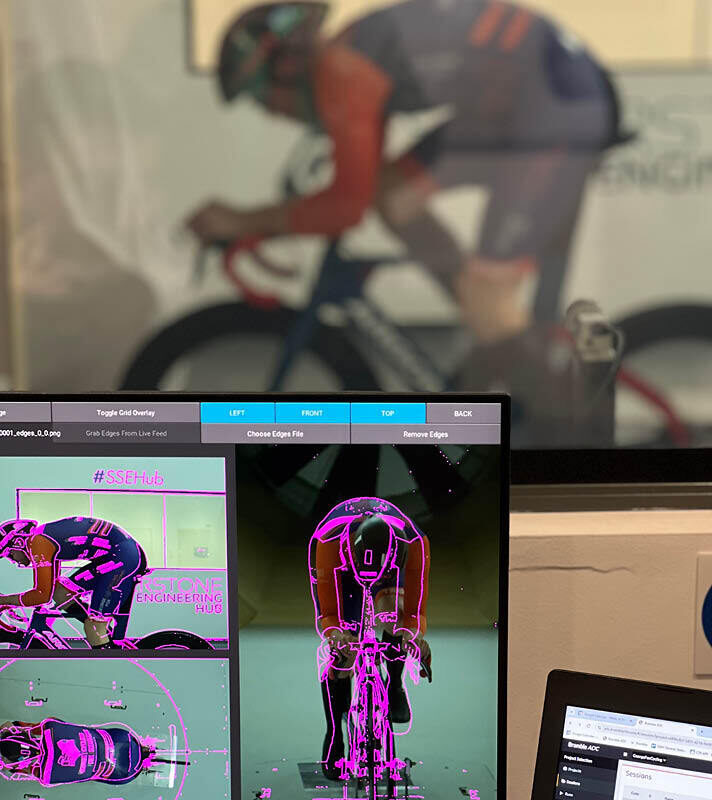

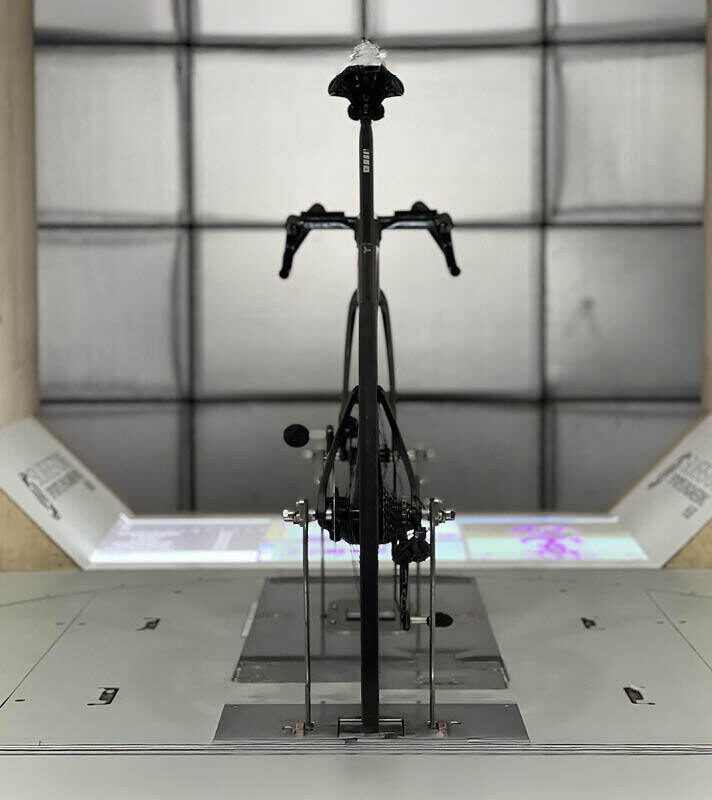
I started messaging designers and it soon became clear that the cost of a one-off set of bars was pretty prohibitive. Timelines for getting custom parts aren’t exactly easy either. My first major test was going to be the National Road Bike TT Championships, so I had a firm deadline to get the bike functioning – it was a proof-of-concept moment for the bike. If I could win there it would prove that my approach was right.
In the end I had a custom stem made to fit a standard drop bar. The next challenge was the TRP brakes on the E119 – TRP didn’t make a road groupset yet, so we had to figure out how to make something that would be compatible. Once we cleared that hurdle, we had a few more obstacles thrown at us, but we eventually reached the point where we figured the bike was mechanically achievable, and we wanted to optimise my position and get the best aero setup possible.
It was early February before we started wind tunnel testing. We started by taking the E117 back to the tunnel to dial in the position that I would then basically transfer onto the E119. At that point we were well into making the required custom parts for the E119, and all those parts had to go through safety testing because I wasn’t willing to go face-first into the road just to set a record. When we had everything together, we went back again and tested both bikes – the E117 against the E119 – and found a seven second advantage with the E119. The position felt exactly right, since I had been training in that same position on the E117 already. I raced the new setup twice, and got a course record both times, before the National Road Bike TT Championships.
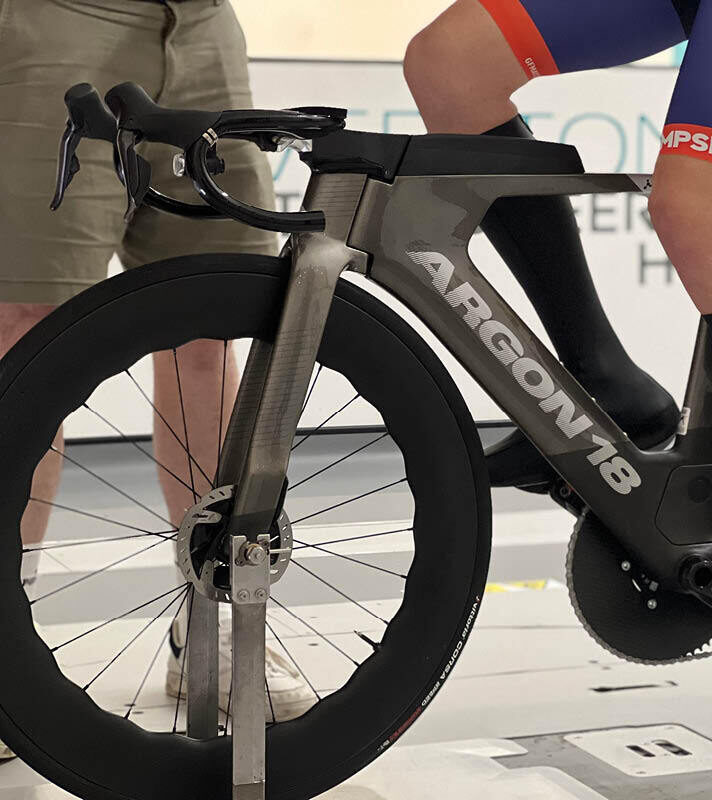
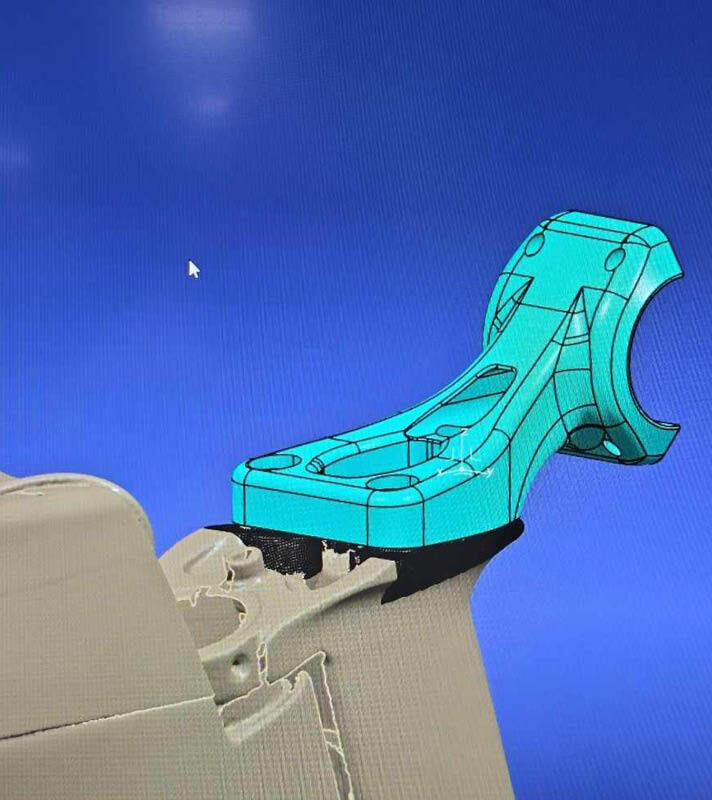
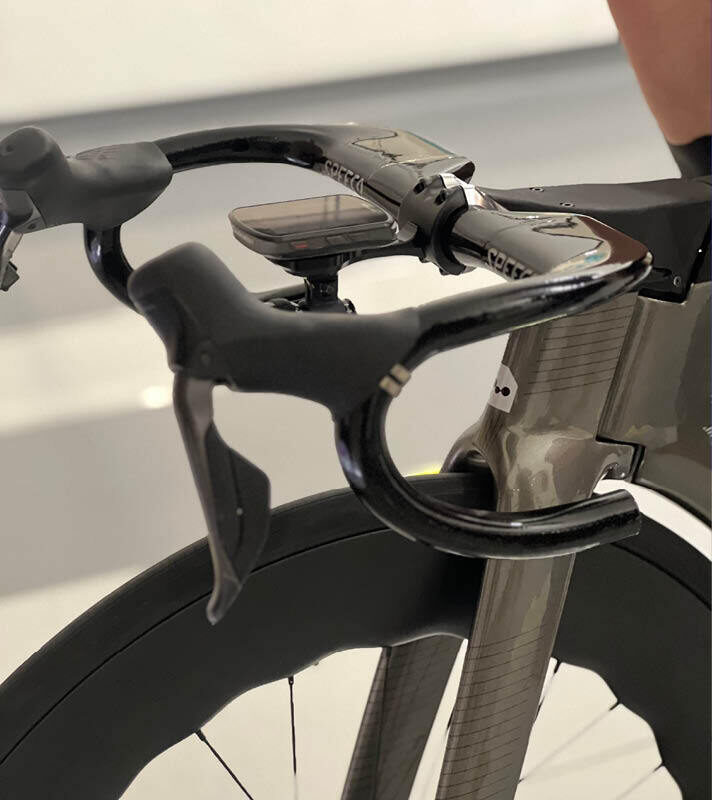
Someone objected to the work we’d done mechanically on the bike and filed a formal complaint. I had to go to a CTT disciplinary hearing to defend myself. In the end they found that I didn’t violate any of the rules, so my win (and my setup) was officially recognised. The truth is, in any sport that uses equipment, that uses technology to win, this is what happens. You push the limits. You embrace the technology. You keep asking yourself ‘what’s next’ and chase after it. In this case, if there were ten possible modifications that could be done to a frame to stay within the rules and make it more aero, most people would maybe make one or two, whereas I made all ten. That’s what made people react the way they did to the bike and my position.
For seven weeks during the disciplinary process I couldn’t race on the bike and I wasn’t really training either. In the end I proved my point, but it was a very tricky part of the season from a mental perspective. My training definitely fell off a fair bit and when it came time to go for the record, I wasn’t in the same form I had been at the start of the season. I still took three seconds off the record, so it now sits at 18:33 - that’s with average watts of 360 and average speed of 52.1 km/h. Not the sub-18 I wanted, but there’s always next year. Someone will break that barrier, and it would be nice to be that person!

The rules will probably change again based on what I did this year. We, as the riders, set the rules: we make rule proposals to the local district, which then get voted on at the national level. So if someone is unhappy with me using the tri frame, that could get voted though. Again, it’s a technology-based sport. We’re going to work to the boundaries that are set, and push those limits as much as we can.
It's the end of my season now, and I’m focusing on my business, which is fitting and optimizing riders’ position on TT and tri bikes, and coaching. It’s nice to take what I’ve learned and pass it on to other people, taking that attitude of pushing the boundaries and helping people go faster. Even if someone has never raced, never had a number on their back, they a get a buzz having their fastest-ever ride or fastest time on Strava. It’s nice to help others do what I’m trying to do.
I’m a two-time record holder and National TT Champion now so I have the proof of concept I was looking for. I can now say fairly confidently that what I do works. And now I can focus on helping other people achieve their goals.



